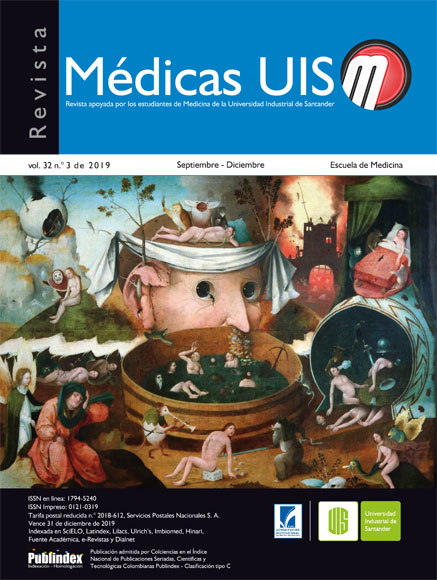Resumen
I read an interesting recent article by the Colombian authors Muñoz JF et al., (2018) about the evolutionary mechanisms of adaptation in systemic dimorphic fungi1. Based on the emergence
of Emmonsia-like species causing systemic human mycoses worldwide, the authors selected one strain of Ea. parva (UAMH130; CBS139881; type strain) from the lungs of a rodent in the USA and one additional strain of Ea. crescens (UAMH4076; CBS139868) from a greenhouse source in Canada. By sequencing the genomes of Ea. parva and Ea. crescens, they evaluated how the changes in eir gene content can be correlated with transitions to the pathogenesis in mammals. Their study revealed that Ea. parva isolates (UAMH130 and UAMH139) do not constitute a single well-defined clade, therefore confirming that Ea. parva may not be a single species1
Referencias
reveals evolutionary mechanisms of adaptation in systemic
dimorphic fungi. Sci Rep. 2018; 8(1): 4473.
2. Dolka I, Giżejewska A, Giżejewski Z, Kołodziejska-Lesisz J,
Kluciński W. Pulmonary adiaspiromycosis in the Eurasian beaver
(Castor fiber) inhabiting Poland. Pol J Vet Sci. 2017;20(3):615-7.
3. Hughes K, Borman AM. Adiaspiromycosis in a wild European
rabbit, and a review of the literature. J Vet Diagn Invest.
2018;30(4):614-8.
4. Matsuda K, Niki H, Yukawa A, Yanagi M, Souma K, Masuko T, et
al. First detection of adiaspiromycosis in the lungs of a deer. J Vet
Med Sci. 2015;77(8):981-3.
5. Dos Santos VM, Dos Reis MA, Adad SJ, Saldanha JC, Teixeira
VP. Contribuição ao diagnóstico morfológico da adiaspiromicose
pulmonar. Rev Soc Bras Med Trop. 2000;33(5):493-7.
